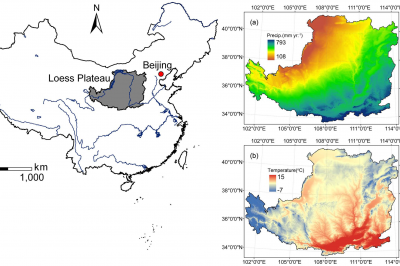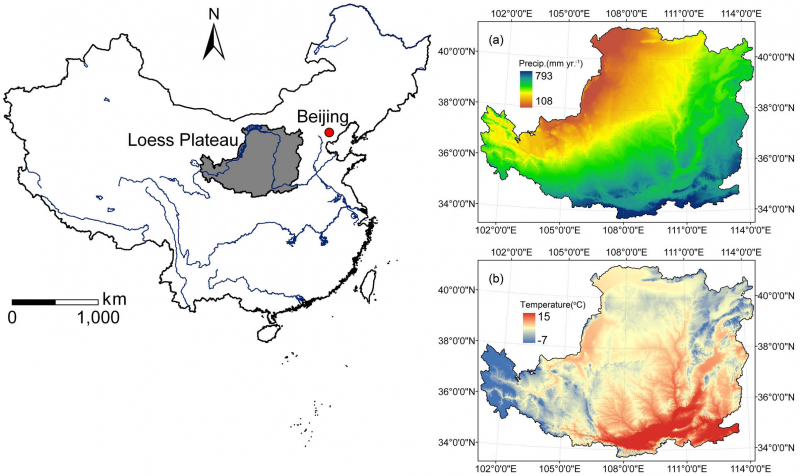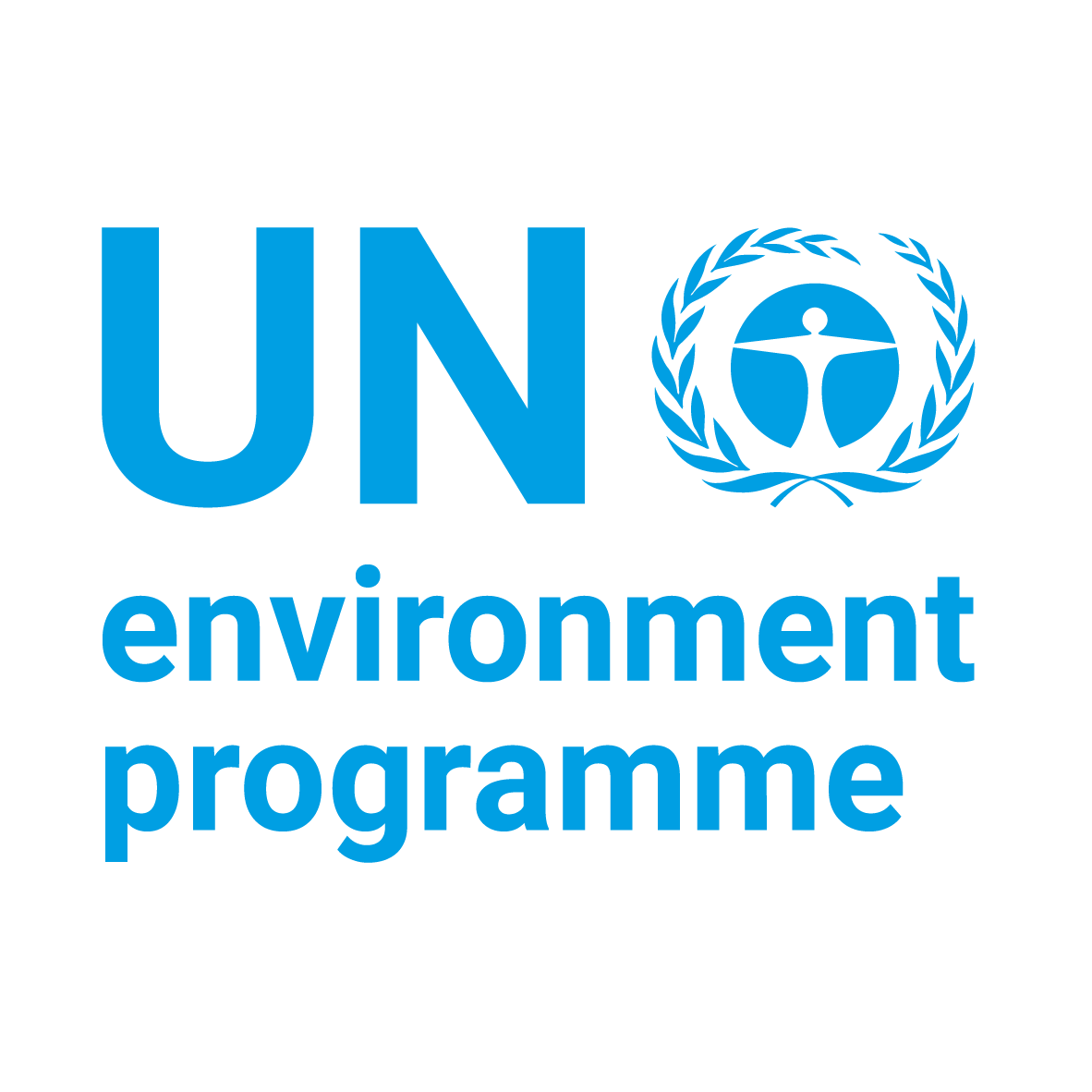Soil erosion is one of the most serious environmental problems in China. In 2000, the area prone to erosion by wind and water was 3.57 million km2, accounting for 37.6% of the national territory, and the annual volume of soil erosion reached 5 billion tonnes (Li et al., 2009). This severe problem was partially due to the over-farming on steep slopes and continuous reclamation of forest and grassland for cultivation during the late 1900s. Devastating environmental and socio-economic impacts to communities were observed. The severe droughts in 1997 and the massive floods in 1998 have drawn the country’s attention, and driven China to take strong initiatives.
In response, in 1999 the central government initiated the “Grain-for-Green programme” to combat soil erosion, ecological degradation and to alleviate poverty, through reconverting cropland back into forest and grassland as well as afforesting barren land. This programme started in the western China in three provinces – Sichuan, Shaanxi and Gansu – the most ecologically fragile areas after the serious flood in 1998 and with high levels of rural poverty. It became nationwide in 2002 (Liu and Wu, 2010) and is still ongoing until today. It is among the biggest programmes in the world (Liu et al., 2008), owing to its ambitious goals, massive geographical coverage, huge payments, and potentially enormous impacts.
Policy support and financial support provided from the national level are the two major significant interventions. The central government has issued laws to prohibit cultivation on steep slopes in ecologically fragile areas and to regulate the right of land management (Order No.367t of the State Council, China). In addition, China has adopted an innovative Payment for Environmental Services (PES) mechanism, providing farmers with, for example, cash and grain subsidies and tax incentives for converting cropland on steep slopes to forest and grassland (Liu et al., 2008; Gauvin et al., 2010).
Overall, this programme has generated both immense positive ecological and socio-economic effects. It has reduced surface runoff and soil erosion, enhanced carbon sequestration, reduced nutrient loss for maintaining soil fertility and ultimately increased food productivity (Lü et al., 2012; Liu et al., 2008). In the Loess Plateau region (covering parts of 7 Chinese provinces, including Shaanxi and Gansu), by 2008 surface water runoff has decreased with an average of 10.3 mm/year and around 3.44 billion tonnes per year of soil has been retained. Moreover, carbon sequestration in both soil and the rehabilitated vegetation has found to be 35.30 teragram (Lü et al., 2012). In addition, this programme has helped alleviate poverty through the PES mechanism, and supported numerous farmers to change their income structure by shifting farming to alternative industries, such as transportation and restaurant businesses.
Gauvin C, Uchida E, Rozelle S, Xu J, Zhan J, Yin R. 2010. Cost-effectiveness of payments for ecosystem services with dual goals of environment and poverty alleviation. Environmental Management, 45(3): 488.
Li Z, Cao W, Liu B, Luo Z. 2009. Current condition and dynamic changes of soil erosion in China. China Water Resources, 7: 8-11.
Liu C, Wu B. 2010. Grain for Green Programme in China: policy making and implementation? The University of Nottingham, China Policy Institute, Briefing Ser 60: 1–17. Retrieved from http://www.nottingham.ac.uk/cpi/documents/briefings/briefing-60-reforestation.pdf
Liu J, Li S, Ouyang Z, Tam C, Chen X. 2008. Ecological and socioeconomic effects of China's policies for ecosystem services. Proceedings of the National Academy of Sciences of the United States of America, 105(28): 9477.
Lü Y, Fu B, Feng X, Zeng Y, Liu, Y, Chang R, Sun G, Wu B. 2012. A policy-driven large scale ecological restoration: quantifying ecosystem services changes in the loess plateau of china. Plos One, 7(2), e31782. Retrieved from http://journals.plos.org/plosone/article?id=10.1371/journal.pone.0031782









